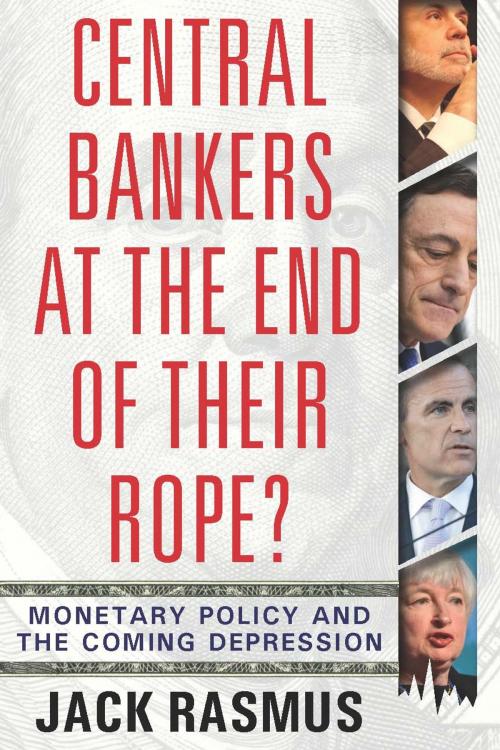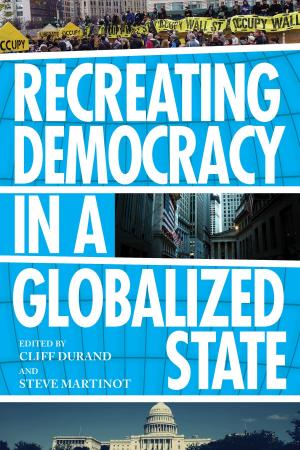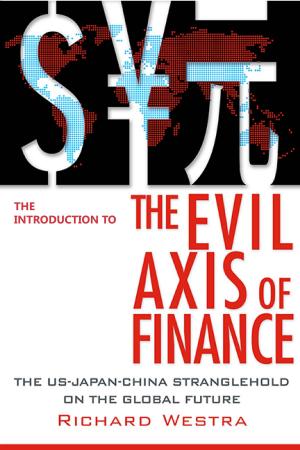Central Bankers at the End of Their Rope?
Monetary Policy and the Coming Depression
Business & Finance, Finance & Investing, Banks & Banking| Author: | Jack Rasmus | ISBN: | 9780997287035 |
| Publisher: | Clarity Press | Publication: | September 7, 2017 |
| Imprint: | Clarity Press | Language: | English |
| Author: | Jack Rasmus |
| ISBN: | 9780997287035 |
| Publisher: | Clarity Press |
| Publication: | September 7, 2017 |
| Imprint: | Clarity Press |
| Language: | English |
An historically unprecedented state subsidization of the US financial system has been implemented since 2010 via the Federal Reserve, the US central bank. Oiginally designed to serve as lender of last resort during banking crises, central banking globally has been transformed into the subsidization of the private banking system. Today that system is addicted to, and increasingly dependent on, continuing central bank infusions of significant amounts of liquidity. Rescinding this artificial subsidization would almost certainly lead to a financial and real collapse of the global economy. Central banks will not be able any time soon to retreat from their massive liquidity injections. Nor will they find it possible to raise their interest rates much beyond brief token adjustments. Truly, central bankers are at the end of their rope. This book provides a comprehensive analysis of this urgent dilemma and proposes how to revolutionize central banking in the public interest.
An historically unprecedented state subsidization of the US financial system has been implemented since 2010 via the Federal Reserve, the US central bank. Oiginally designed to serve as lender of last resort during banking crises, central banking globally has been transformed into the subsidization of the private banking system. Today that system is addicted to, and increasingly dependent on, continuing central bank infusions of significant amounts of liquidity. Rescinding this artificial subsidization would almost certainly lead to a financial and real collapse of the global economy. Central banks will not be able any time soon to retreat from their massive liquidity injections. Nor will they find it possible to raise their interest rates much beyond brief token adjustments. Truly, central bankers are at the end of their rope. This book provides a comprehensive analysis of this urgent dilemma and proposes how to revolutionize central banking in the public interest.















